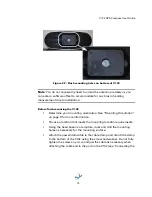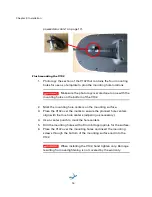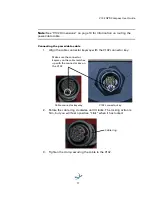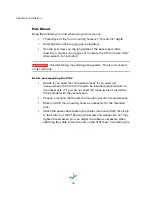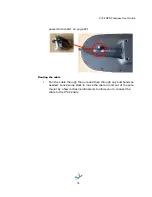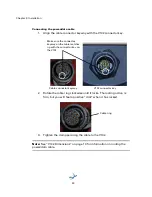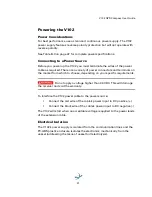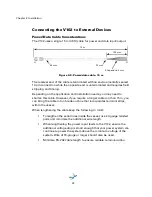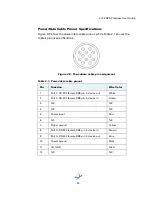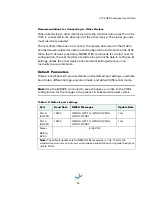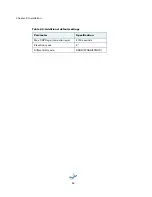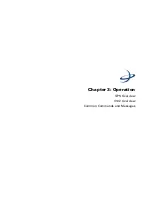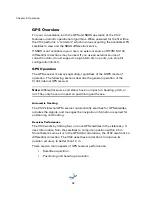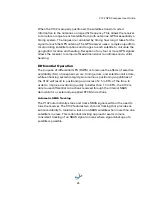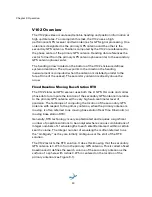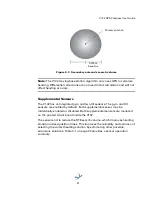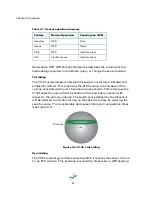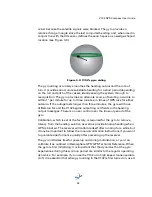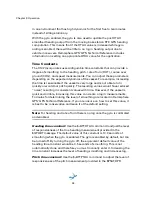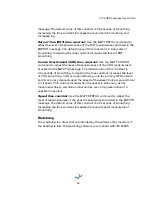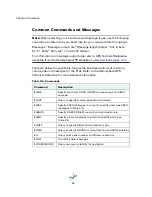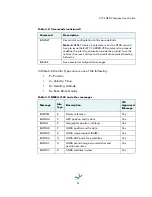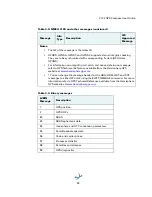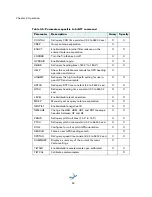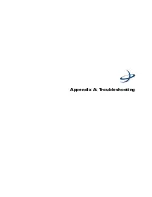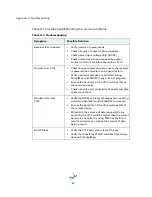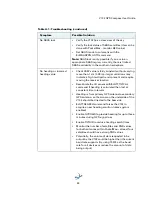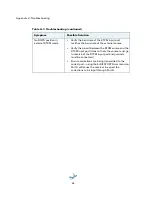
V102 GPS Compass User Guide
29
When the V102 is properly positioned, the satellites transmit coded
information to the antennas on a specific frequency. This allows the receiver
to calculate a range to each satellite from both antennas. GPS is essentially a
timing system. The ranges are calculated by timing how long it takes for the
signal to reach the GPS antenna. The GPS receiver uses a complex algorithm
incorporating satellite locations and ranges to each satellite to calculate the
geographic location and heading. Reception of any four or more GPS signals
allows the receiver to compute three-dimensional coordinates and a valid
heading.
Differential Operation
The purpose of differential GPS (DGPS) is to remove the effects of selective
availability (SA), atmospheric errors, timing errors, and satellite orbit errors,
while enhancing system integrity. Autonomous positioning capabilities of
the V102 will result in positioning accuracies of 2.5 m 95% of the time. In
order to improve positioning quality to better than 1.0 m 95%, the V102 is
able to use differential corrections received through the internal SBAS
demodulator or externally-supplied RTCM corrections.
Automatic SBAS Tracking
The V102 automatically scans and tracks SBAS signals without the need to
tune the receiver. The V102 features two-channel tracking that provides an
enhanced ability to maintain a lock on an SBAS satellite when more than one
satellite is in view. This redundant tracking approach results in more
consistent tracking of an SBAS signal in areas where signal blockage of a
satellite is possible.
Summary of Contents for V102 G
Page 1: ...V102 GPS Compass User Guide Part No 875 0276 000 Rev C1 ...
Page 6: ...Chapter 1 Introduction Overview Parts List ...
Page 9: ......
Page 32: ...Chapter 3 Operation GPS Overview V102 Overview Common Commands and Messages ...
Page 46: ...Appendix A Troubleshooting ...
Page 50: ...Appendix B Specifications ...
Page 60: ...www hemispheregps com ...

